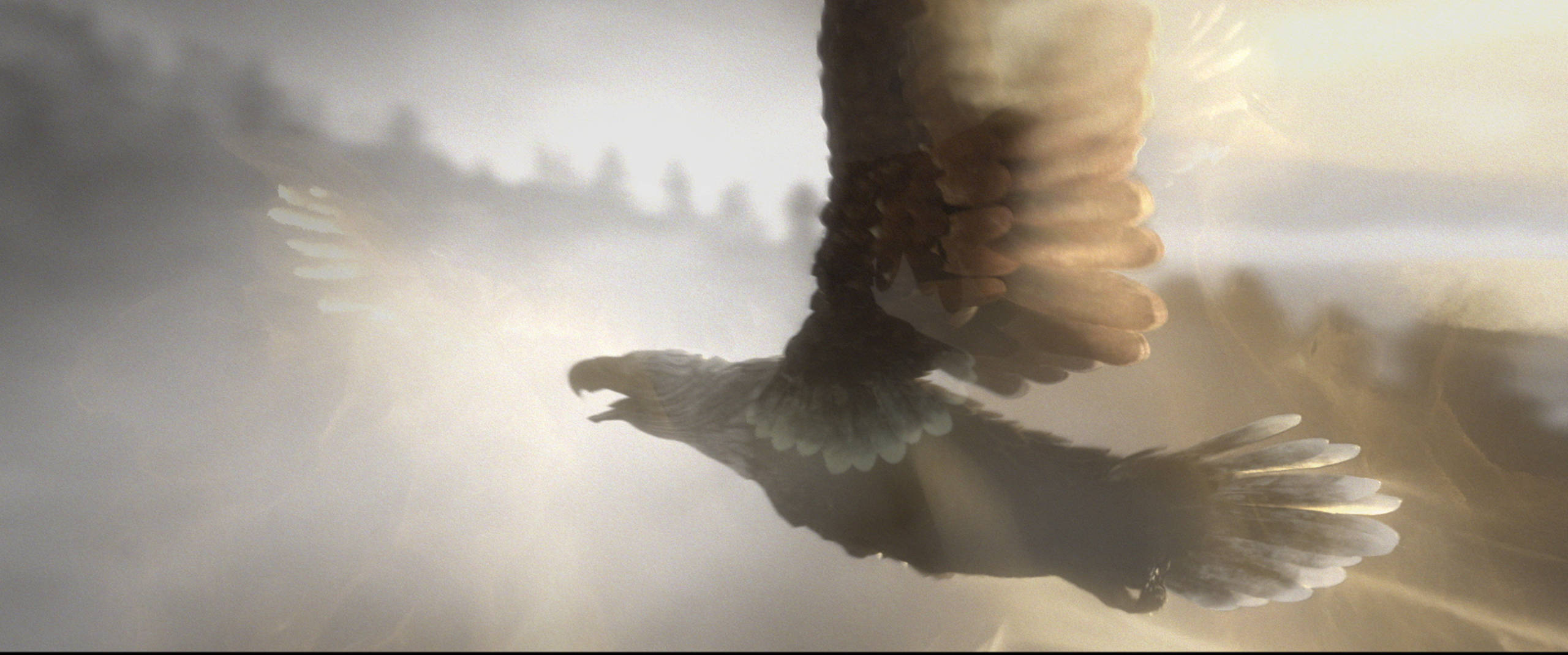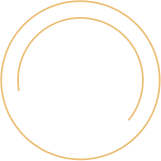The Native American magical community and those of Europe and Africa had known about each other long before the immigration of European No-Majs in the seventeenth century. They were already aware of the many similarities between their communities. Certain families were clearly ‘magical’, and magic also appeared unexpectedly in families where hitherto there had been no known witch or wizard. The overall ratio of wizards to non-wizards seemed consistent across populations, as did the attitudes of No-Majs, wherever they were born. In the Native American community, some witches and wizards were accepted and even lauded within their tribes, gaining reputations for healing as medicine men, or outstanding hunters. However, others were stigmatised for their beliefs, often on the basis that they were possessed by malevolent spirits.
The legend of the Native American ‘skin walker’ – an evil witch or wizard that can transform into an animal at will – has its basis in fact. A legend grew up around the Native American Animagi, that they had sacrificed close family members to gain their powers of transformation. In fact, the majority of Animagi assumed animal forms to escape persecution or to hunt for the tribe. Such derogatory rumours often originated with No-Maj medicine men, who were sometimes faking magical powers themselves, and fearful of exposure.
The Native American wizarding community was particularly gifted in animal and plant magic, its potions in particular being of a sophistication beyond much that was known in Europe. The most glaring difference between magic practised by Native Americans and the wizards of Europe was the absence of a wand.
The magic wand originated in Europe. Wands channel magic so as to make its effects both more precise and more powerful, although it is generally held to be a mark of the very greatest witches and wizards that they have also been able to produce wandless magic of a very high quality. As the Native American Animagi and potion-makers demonstrated, wandless magic can attain great complexity, but Charms and Transfiguration are very difficult without one.



